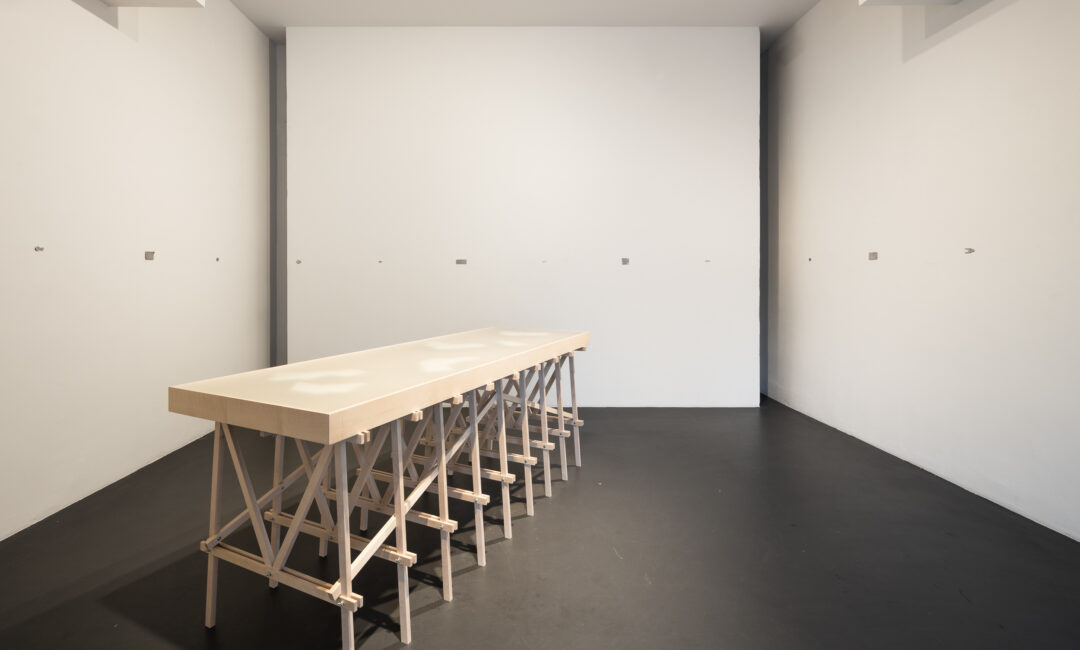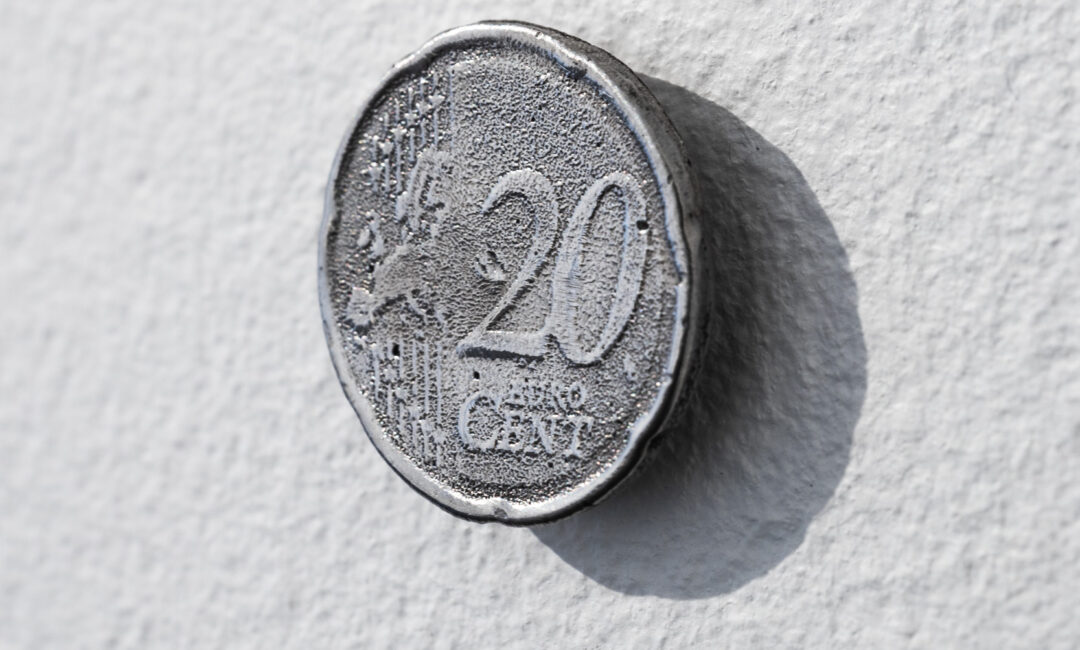
Essi Immonen Passante
passante, (italian) noun: passer-by, (also belt loop, bypass road)
Unearthing
Yearning
We carry with us things, sometimes the superfluous too. At times they pour out from their containers, left behind, forgotten. They pass by, accumulate into piles, on the chairs in the corners of rooms, on kerbsides, as islets in the atmosphere and the oceans.
In their plurality the things become placeless. Intentionally ignored. But nothing came from the emptiness. Things and structures amass, demand, material from somewhere. Components have been excavated, mined, combined and boiled with other materials. In a precise application they become another, perhaps a new matter. New thing. New story.
Ursula K. Le Guin writes in her essay Carrier Bag Theory of Fiction (1986) how she finally found a story regarding the history of humanity which she could relate to, when she read of Elizabeth Fisher’s theory of the same title. What if the first sign of civilization, the first tool, was a container? In a bowl, basket or cloth, one can collect food and other useful items – humans too – to carry with throughout one’s journeys.
In the belly of a bag a hand reaches to find a familiar texture, a saw-like metallic edge of the key or the round plastic surface of an electric badge. Besides the clutter, at the bottom of the bag an image of the self is drawn, likeness of the human. What I hold on to; what could I share with others, if asked.
Sediment
Turning
We leave behind trails, streams of things, paths of self, mounds of constructions. What’s left is a route, a suggestion for a story. The outermost layer of the earth is permeated by a built environment, presently. Infrastructure with its roads, bridges, fibre optic cables – the indirect footprint of man. It repeats itself as long as every day is, for now.
An object, a thing, leaves an impression on a material. Pressed and turned around it makes a mould and transfers a print, an image, somewhere else. The dents and bumps are turned around, processed, set apart from the rest.
The negative finds its positive. The turning, the repetition, constructs an image of a whole. A sediment of constituents, parts. Strata, sub and super. What was once essential is buried under and later, maybe once again revealed.
Text: Isa Lumme
Essi Immonen (b. 1995, Rautjärvi) works within the expanded field of sculpture and has recently focused on various mold and casting techniques as well as exploring a wide range of material qualities. In her latest practice Immonen has been drawn to seemingly insignificant objects such as a faded receipt found at the bottom of a pocket, and the material transformations that occur over time. The starch in a banana breaks down into sugars as the fruit ripens. Elsewhere, sediment, time and pressure turn a once living organism into stone. In her works, Immonen explores the built environment and its materials along with the meanings they hold and our relationship to them. Her works often engage with the theme of leaving a mark. One material presses into another and leaves a trace.
Immonen has earned her Master of Fine Arts degree from the Academy of Fine Arts at the University of the Arts Helsinki in 2023, and previously completed a Bachelor of Fine Arts at Saimaa University of Applied Sciences in 2018. Most recently her works have been shown in the first group exhibition at Sunnyside Gallery in Helsinki (2025) and at the Mänttä Art Festival in summer 2024. Her works can be found in collections including those of the Hospital District of Helsinki and Uusimaa and the State Art Collection of Finland.
Making of the exhibition has been supported by Arts Promotion Centre Finland and Finnish Cultural Foundation’s South Karelia Regional Fund.


